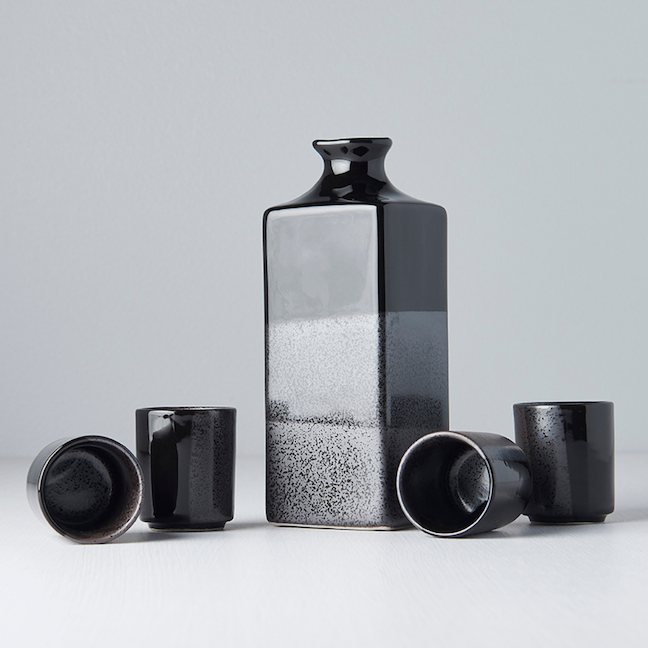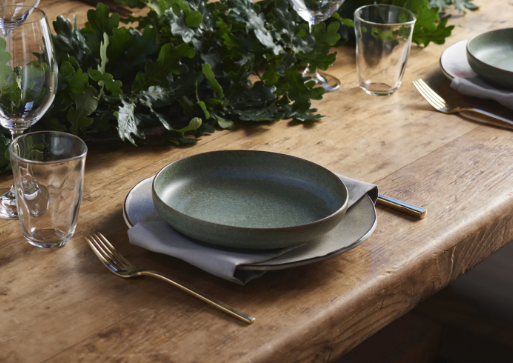Learn How To Serve Sake & Impress Guests

Traditionally made from fermented rice, Japanese sake has a rich history and deep connection to the business world. Believed to have been made across Japan for over 2,000 years, sake is typically served to celebrate special events, national holidays and signify the start of a partnership. Steadily gaining popularity worldwide, sake production is spreading across the globe, with breweries opening across South American, Australia and Southeast Asia. But, knowing how to serve sake is a bit of an art form. Unlike sipping Champagne or making whisky on the rocks, sake demands respect and must be properly served.
The History Of Sake
Symbolic and significant, sake still plays a key part in Japanese culture. While the word ‘sake’ actually means alcohol, ‘honshu sake’ is the fermented rice wine traditionally served at special events. Similar to Japanese tea ceremonies, serving sake means investing in Japanese ceramics and tableware. According to the culture in Japan, the cup used to serve sake can impact the flavour of the drink. So put those shot glasses away and take a look at our online collection of Japanese ceramics. Master sake etiquette and impress your Japanese friends, family members or business connections with sake jugs and elegant sake serving cups, all handcrafted in Japan.
Japanese Drinking Culture & Pouring Sake
In Japan, once a business meeting comes to an end, you’ll more than likely be heading out to a bar to celebrate a new partnership or business deal. This is a time to relax and get to know one another on a more personal level. If you are trying to develop a partnership with a Japanese company, you should know that drinking really is part of the deal. And rejecting a cup of sake, poured by someone else can be seen as an insult, so make sure to line your stomach and get ready for a wild night out.
How To Properly Serve Sake
Sake is best served in Japanese ceramic cups since it has an ABV higher than 14%. As a rule of thumb, pour a little bit less than an average glass of wine, as it’s to be enjoyed slowly. Since sake will be presented in a jug and poured into the small serving cups, it is a great ice breaker and form of dinner party entertainment. Sipping sake will help the conversation flow without you and your guests getting too tipsy. As the host, it is your duty to make sure everyone’s cup is always full. Alternatively, if you notice your neighbour’s cup is empty at a dinner party, feel free to top it up.
Sake is challenging when it comes to pairing it with food. You’ll need to pay attention to the tone and aroma of the bottle in order to match it with the right food combination. For umami and protein-rich dishes such as cheese and soy-based meals opt for a lighter flavour. However, if you’re enjoying a wide range of sushi, choose a light and refined sake served cold for the start of the meal, which will then warm to room temperature and completely change the taste of the drink as the meal goes on.
How To Warm Japanese Sake
You can drink Japanese sake cold, but many prefer it warm. Generally speaking, sake made with a lower seimaibuai should be served cool to enjoy the complex flavours. But if your bottle of sake has a seimaibuai of 75% or above, it’s time to heat things up! Similar to wine, the lighter flavours will become stronger when served cool, but bold notes will be intensified when warmer. But, you can also serve sake, depending on the season. Cool during the summer and warm during the colder months of the year.
To warm sake, first pour it into a Japanese ceramic jug or tokkuri. The narrow neck of the tokkuri prevents the heat from escaping too quickly. Then place the jug in a bowl of hot water, just under 100 degrees. Once you see bubbles coming to the surface of the sake, the drink is warm and ready to be enjoyed.
Kampai (cheers!) and enjoy drinking and serving your sake!






